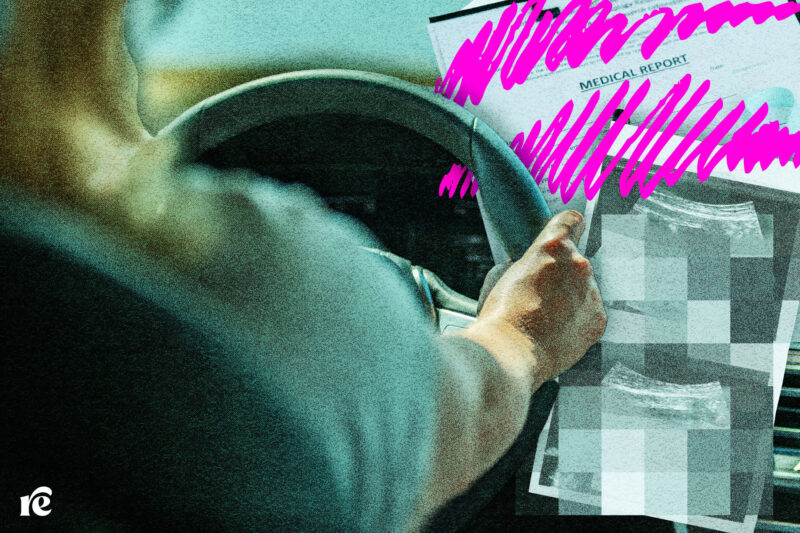Do We Have a Constitutional Crisis on Our Hands—Again?
Yesterday’s oral arguments over EMTALA show how deep the post-'Roe' constitutional conundrum really runs.

This piece first appeared in our weekly newsletter, The Fallout.
Since the Supreme Court overturned Roe v. Wade nearly two years ago, there has been a steady stream of reporting on the medical emergencies and near-death experiences pregnant patients have endured thanks to state-level abortion bans—despite a federal law, the Emergency Medical Treatment and Active Labor Act (EMTALA), that guarantees abortion care in the most emergent situations.
On Wednesday, the Supreme Court heard arguments in Idaho v. United States, a case that could solidify this grim reality in states that ban abortion. And after two hours of debate around the margins of the Constitution’s spending clause, the relationship between federal and state power, and whether exceptions to protect patients’ life and health have any meaning in practice (spoiler alert: they do not), it seems likely the conservative justices will cement into reality Idaho’s post-Dobbs experiment of banning abortion to the point of out-of-state airlift for emergency care.
The fact that the Court heard arguments at all speaks to how rapidly Roe’s overturn has spiraled into eroding more than just bodily autonomy—it has upended the entire relationship between federal and state power. (At the end of 2023, Rewire News Group‘s senior reporter Garnet Henderson reported from Idaho on this very phenomenon.) Wednesday’s arguments further undermined the preemption doctrine (which establishes that when federal and state law conflict, federal law trumps the state law), as the conservative justices searched for various ways to justify reigning in federal law to accommodate Idaho’s near-total abortion ban.
Wednesday’s highlights all came from the women justices, who were determined to make sure the public understands that this is much more than a debate about federal spending power—it’s a constitutional crisis with patients’ lives at the center.
But the fact that the justices were debating hypotheticals around whether multiple organ failure would justify an abortion shows how deep the constitutional crisis following Roe’s overturn really runs. We’re in the bad place, and the Supreme Court is poised to make it even worse.
A decision in Idaho v. United States isn’t expected until later this summer. For more post-argument analysis, check out our rapid reaction episode of Boom! Lawyered here.
